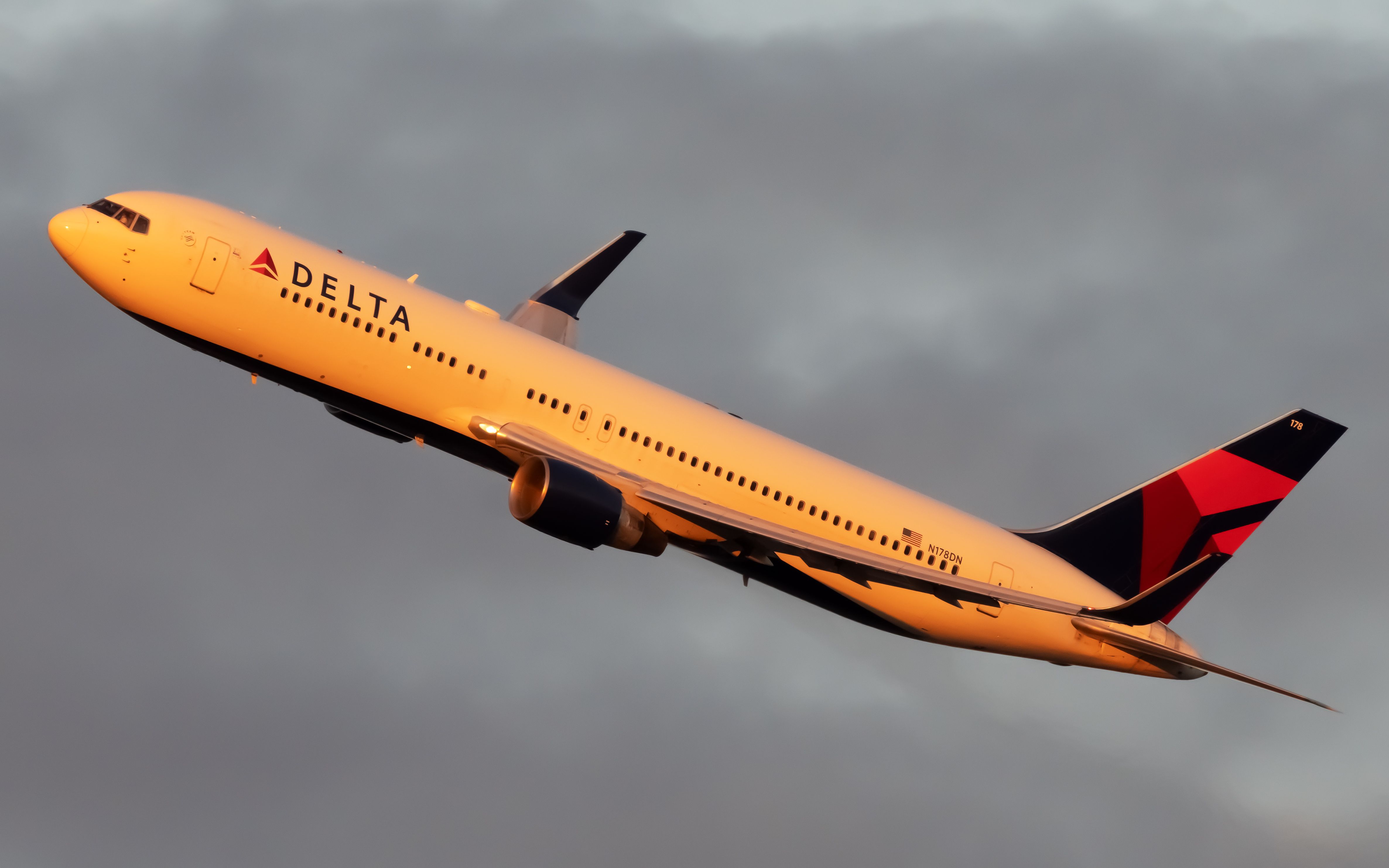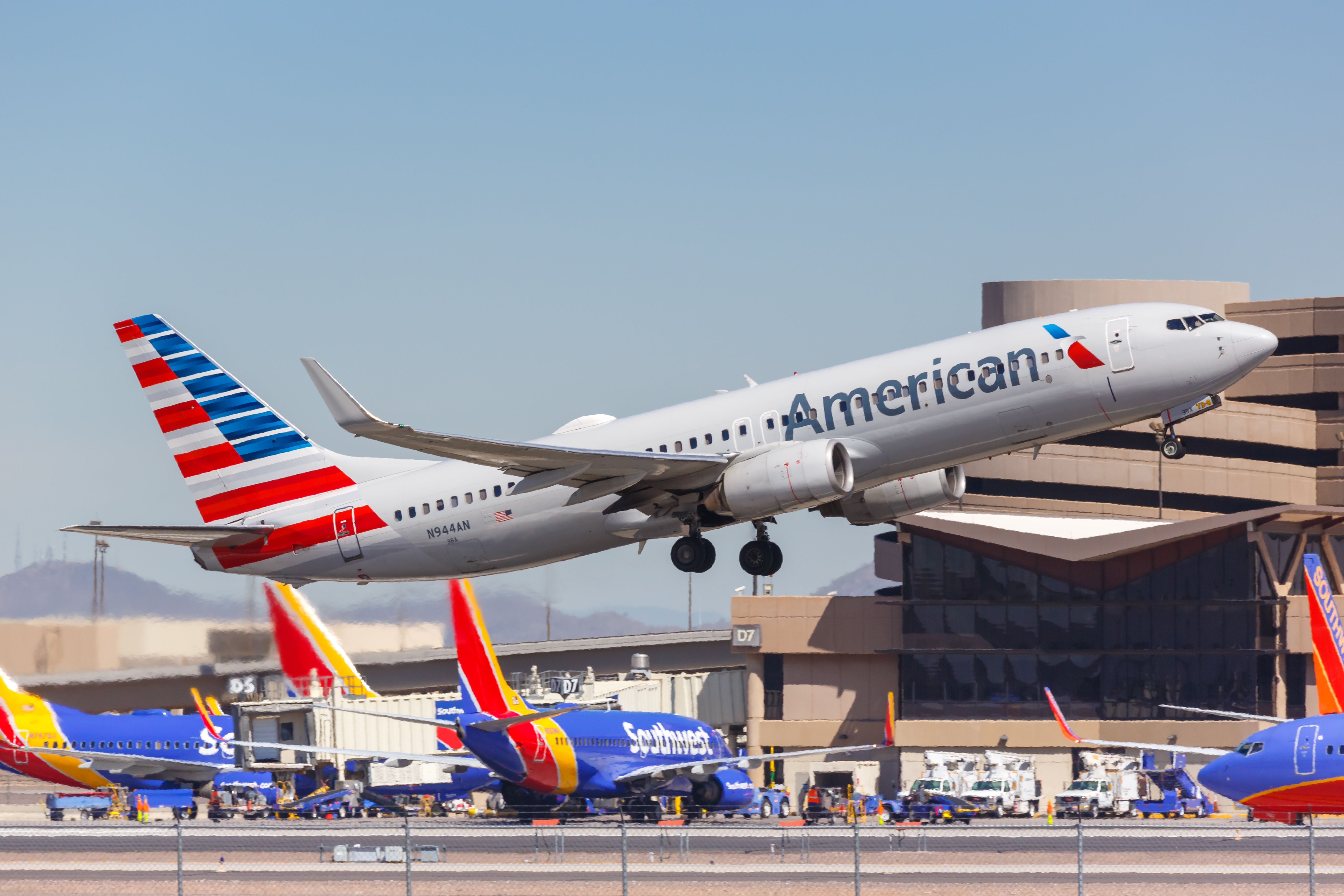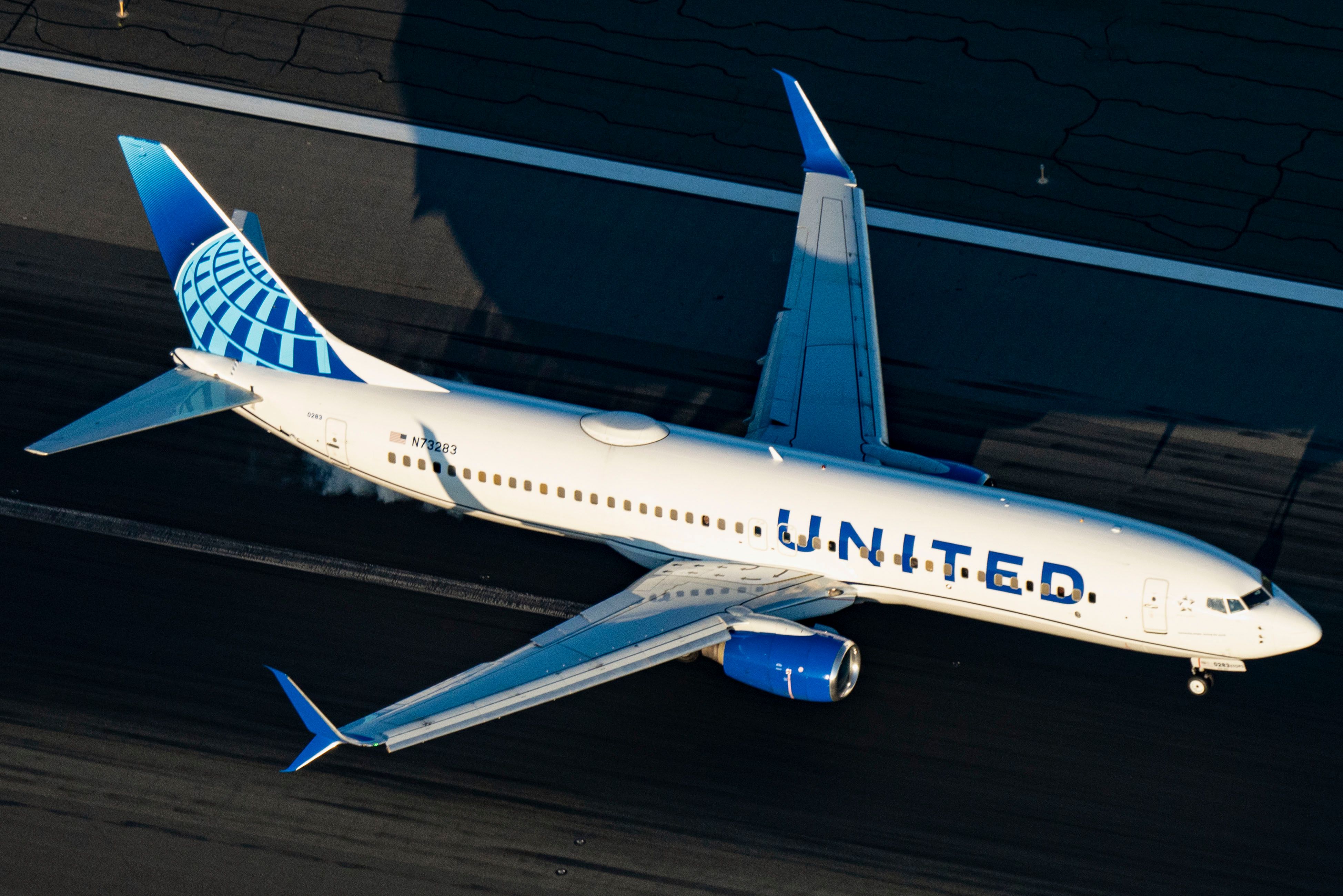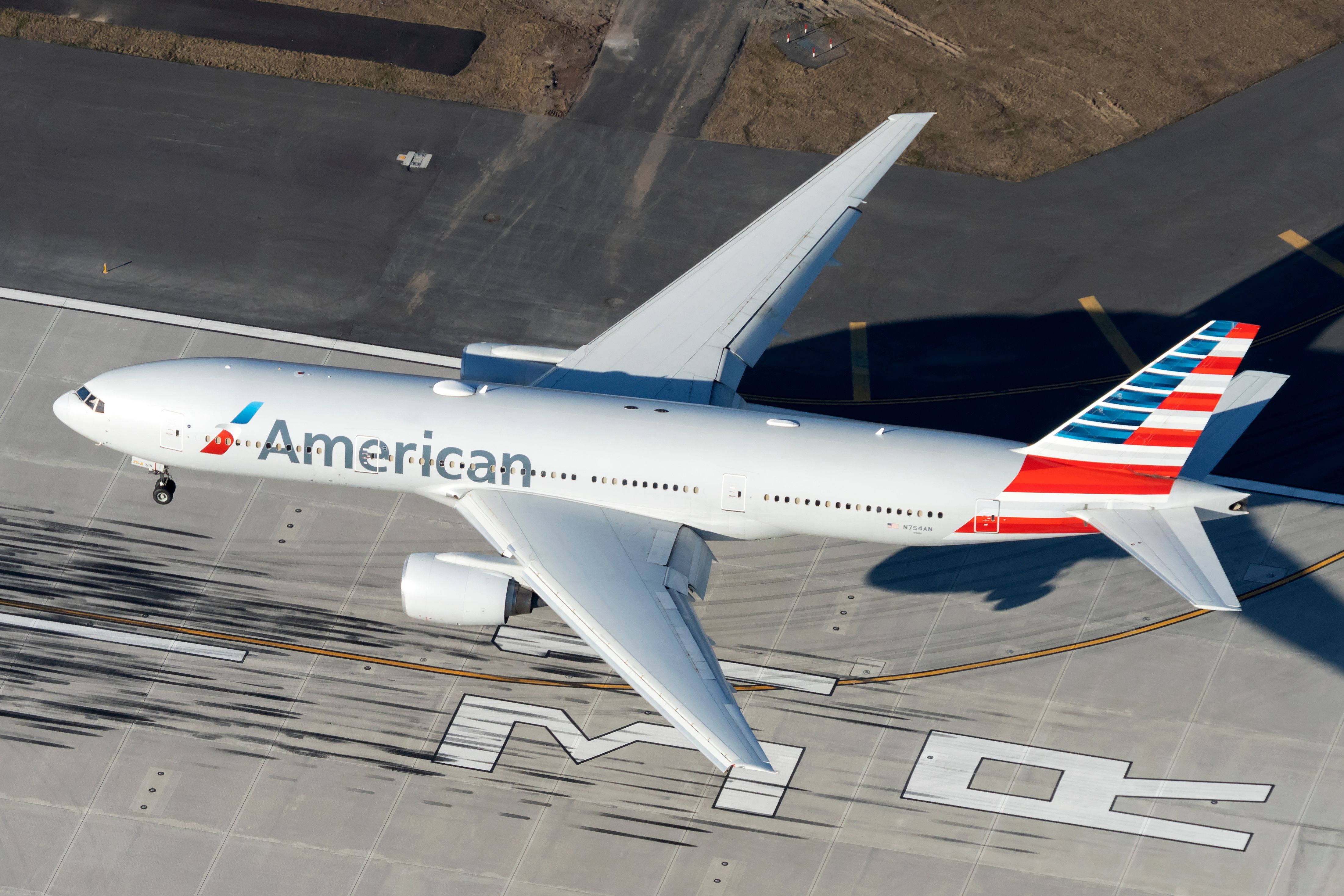With the busy summer holidays approaching, US carriers face a severe threat to their summer schedules. Indeed, the US has denied the request from airlines and trade associations, including IATA, to postpone the deadline to refit airplanes' altimeters with new sensors to avoid potential interference from 5G.
5G deadline confirmed for July 1st, 2023
The US Transport Secretary, Pete Buttigieg, stated on Tuesday that July 1st, 2023, has been confirmed as the deadline for airlines to adapt their aircraft to the introduction of the 5G network, rejecting US carriers' previous request to postpone the date to the summer of 2024.
US carriers and IATA heavily criticized the decision. Indeed, several airlines expressed concerns about needing help to refit all aircraft altimeters by the deadline, meaning they would be forced to ground part of their fleets at a time of the year when airlines need full capacity, the summer holidays. In response to these critics, the US Transport Decretary, Mr. Buttigieg, suggested airlines should focus on accelerating the refit of their fleets to minimize the impact on summer operations. However, the International Air Transport Association (IATA) stated no matter how fast airlines work to adapt their aircraft to 5G, the July deadline would undoubtedly cause disruptions next summer.
According to IATA, delays in the supply chain are the main factor that will make it unfeasible for US airlines to have their aircraft's altimeters adapted by the deadline. Besides the obstacle of the supply chain, IATA also stressed the cost for airlines to refit the aircraft altimeters, which should be around $638 million. The International Air Transport Association also underlined how this technological adjustment is not dependent on the airlines themselves but is imposed from the outside. Therefore, the trade associations deem it inadmissible that US carriers are put under such pressure in terms of time and cost.
How does 5G affect aircraft altimeters?
According to data released by the Federal Communications Commission and the Federal Aviation Administration (FAA), the 5G spectrum operates at very similar ranges to radio altimeters used by commercial aircraft.
Get the latest aviation news straight to your inbox: Sign up for our newsletters today.
Notably, the new C-Band 5G networks shall operate at 3.7-3.98 GHrz. On the other hand, radio altimeters use a 4.2-4.4 GHz range to determine at which altitude an aircraft is flying above the ground during landing. Consequently, if aircraft altimeters are not adequately adapted, a fundamental value such as the aircraft altitude could be altered, representing a serious threat to the safety of passengers and crew.
But why is 5G representing such a threat to the US aviation market only? The answer can be found in the higher frequencies US providers plan to operate 5G networks. In Europe, for instance, 5G networks operate at lower frequencies, thus eliminating the risk of tampering with aircraft altimeters. Nonetheless, some European countries have adopted some preventive measures to eliminate any chances of interference. France, for instance, introduced "buffer zones" around airports where 5G signals are restricted. Additionally, antennas are tilted downward to avoid any potential interference.
5G: an arm wrestle between air transport and technology companies
Over the last few years, phone companies have invested billions in developing 5G networks, which should deliver much faster internet services and enhanced connectivity.
Although technology trade associations and phone companies have long talked about the advantages and reliability of 5G, aviation stakeholders hold different opinions. On Tuesday, the Federal Aviation Administration outlined potential new rules for different Boeing aircraft to avoid the risk of 5G interference.
The FAA-identified rules could affect as many as 20,000 Boeing aircraft worldwide. New regulations bring about the revision of flight manuals and new operating procedures for take-off and landing. A Boeing spokesperson told Reuters that the manufacturer has been working with suppliers, regulators, airlines, and telecom companies to ensure smooth air transport operations and stability in the world's largest aviation market.
Do you think US carriers will meet the July 1st deadline? Let us know by clicking on the comment button below!




